In the 2000s, making electric powertrain an isolated product seemed the rational move. Now that it is firming itself in the market, what should be done with dedicated electric cars?
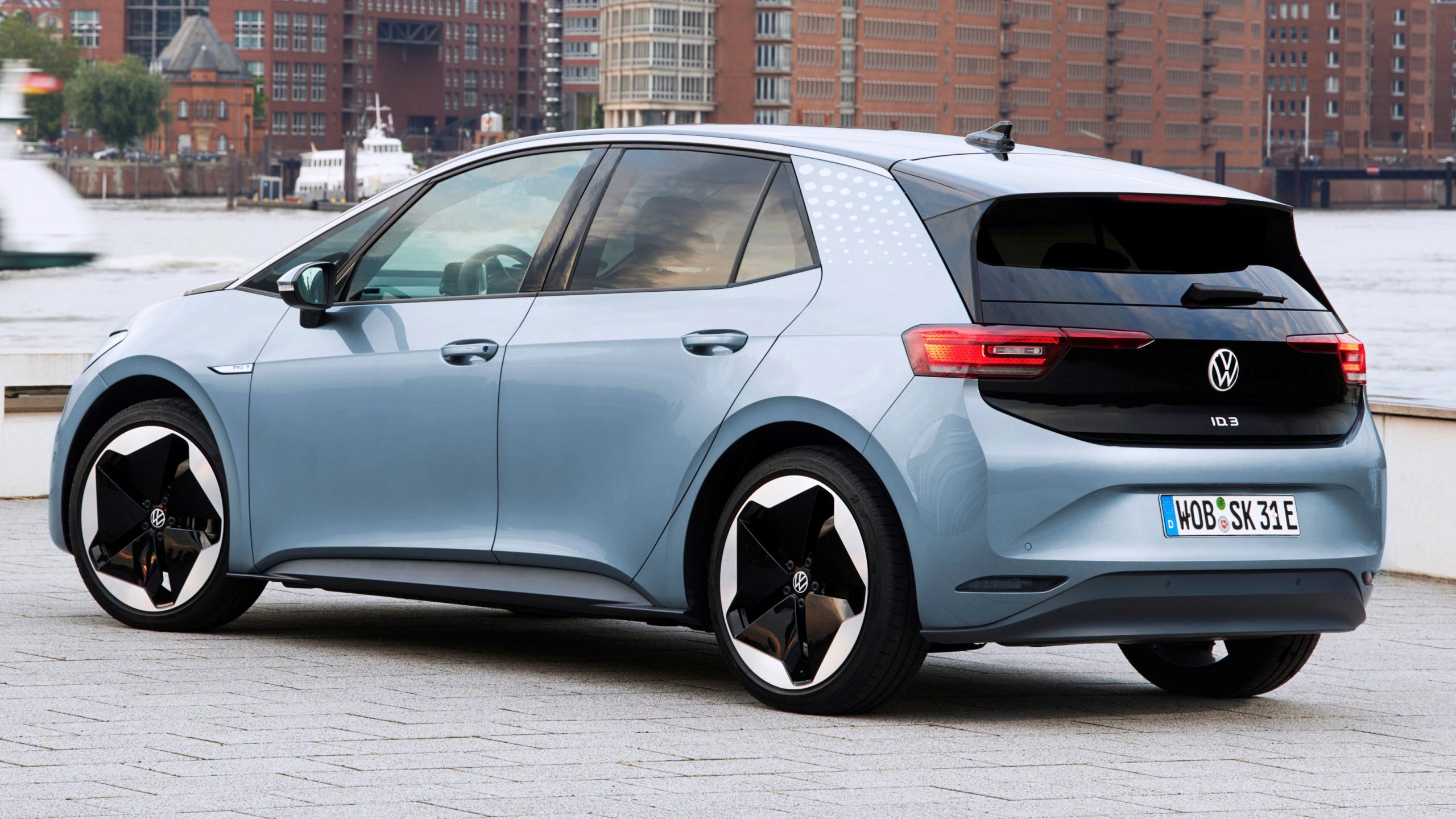
Automakers invest a lot of time and money to research and develop new technologies. Therefore, it is natural that they want to make them visible to everyone. Solutions like 16 valves, all-wheel drive, automatic gearbox, and turbocharger have been proudly shown on logotypes and advertisement pieces.
When it comes to electric powertrain, the excitement is surely even higher. However, since the technology is much more complex, it is also harder to apply. Most automakers have dealt with that issue by isolating it in a “dedicated EV”. In this article, we are going to analyze that strategy and what implications it has.
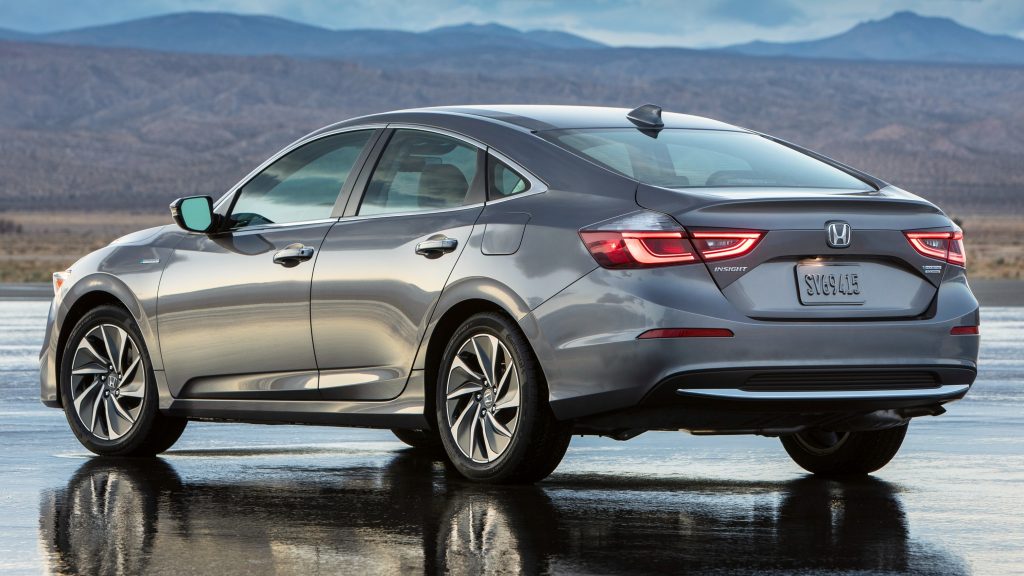
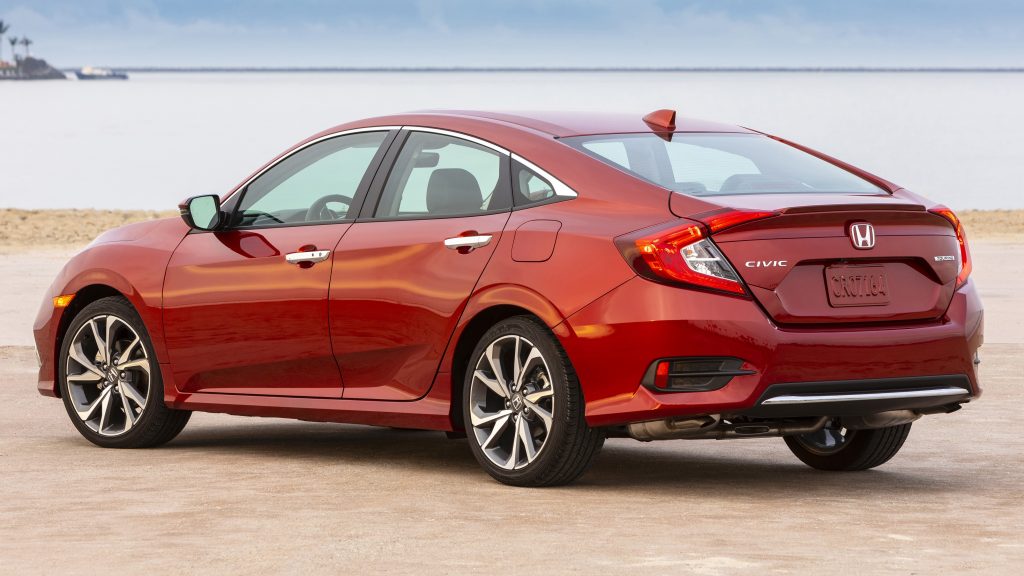
What is a dedicated EV?
In short, it is a new car model developed specifically to offer electric powertrain. The pictures above show Honda’s example: it restricted the hybrid powertrain to the Insight while the Civic only offers combustion engines. In this article, all side-by-side pictures present similar examples released by other automakers.

At first, this strategy is useful to attract maximum attention. Everyone loves all-new products because they usually bring all the latest technologies the company has been developing. In some cases, it presents the dedicated EV as the very first concrete step taken towards the construction of a new corporate image.
Another advantage is that the dedicated EV creates a blank slate; people can interact with the car without trying to compare it with others. That is important because electric cars have major differences in terms of dynamic behavior. Comparing an electric sports car with a gasoline one, for example, would be unfair.
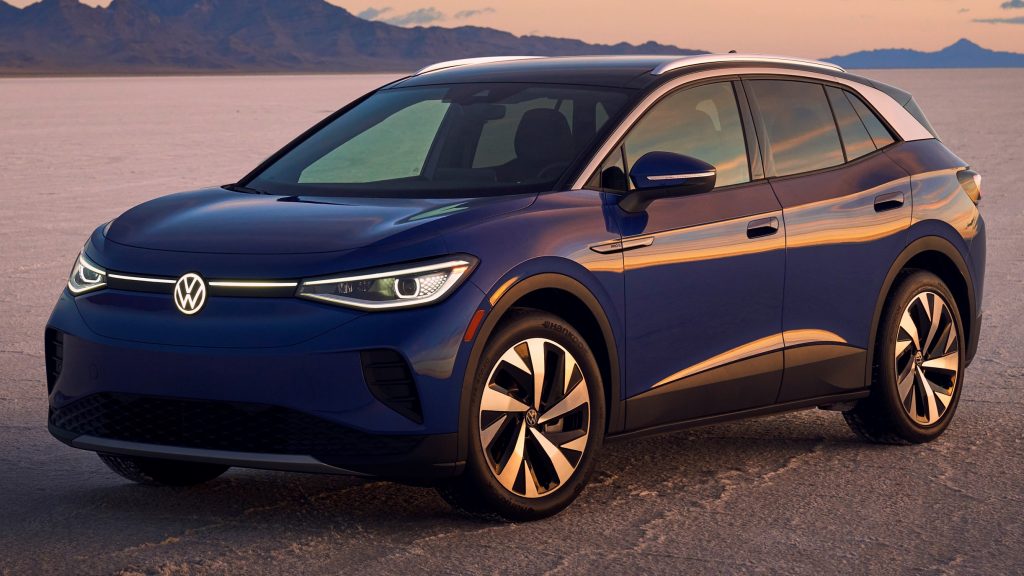
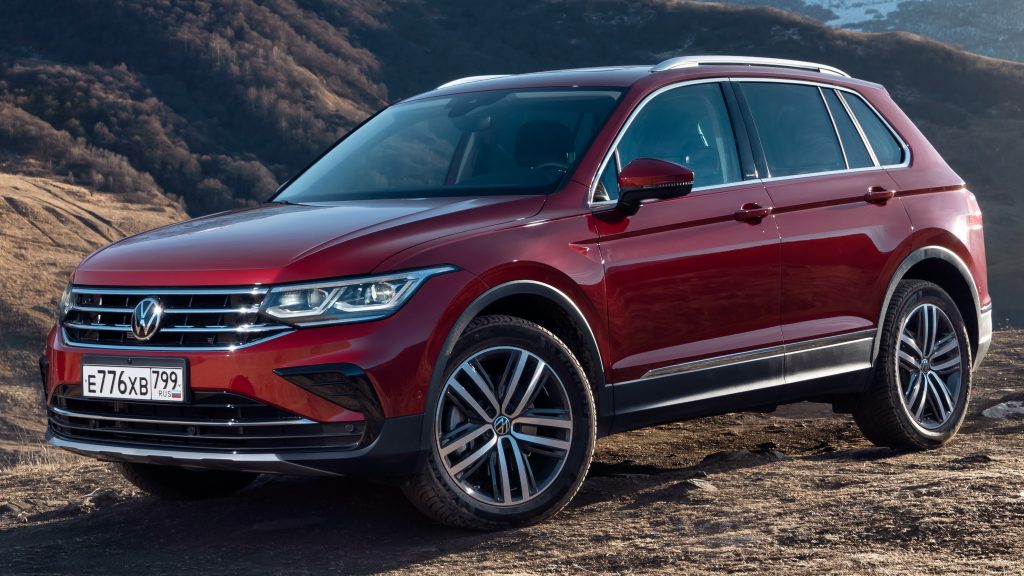
Are there drawbacks?
There sure are – and that is the reason for this article. The train of thought is simple: what makes anything be considered special is rarity. Carmakers love to release limited editions of their cars precisely because of that. The problem is that they become greedy and repeat that strategy to a point where it loses its effect.

Electric cars are on their way to become mainstream. They are gradually becoming more efficient, more reliable, even more affordable. As a result, companies are gradually expanding it to car models of several body styles, sizes, and price ranges. That process has been accelerated by ever-stricter emission laws.
Now, let us put that together. If electric powertrain is reaching all cars, it is no longer rare. Since dedicated electric cars had their image built around it, they are now losing their competitive edge. For example, why would someone buy the quirky i3 if they can obtain similar EV benefits in BMW’s traditional body styles?
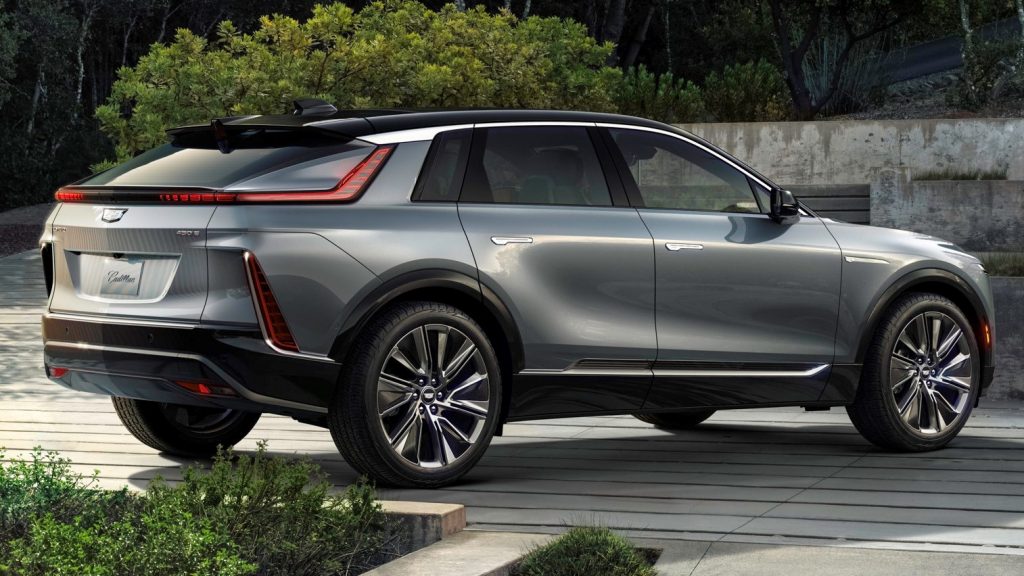
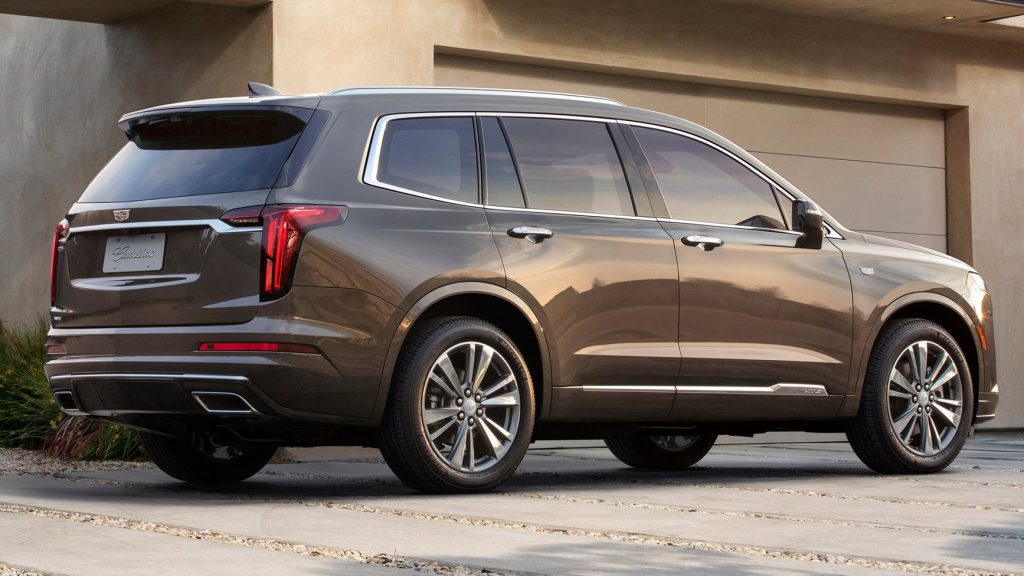
What will happen to the dedicated EV?
Cars like the Honda Clarity or the Nissan Leaf have lost that futuristic image. Being quirky without a clear reason does not usually sell, so companies slowly made them mainstream. The issue is that they already had mainstream cars – the Civic and, in a way, the Qashqai. They voluntarily created internal competition.
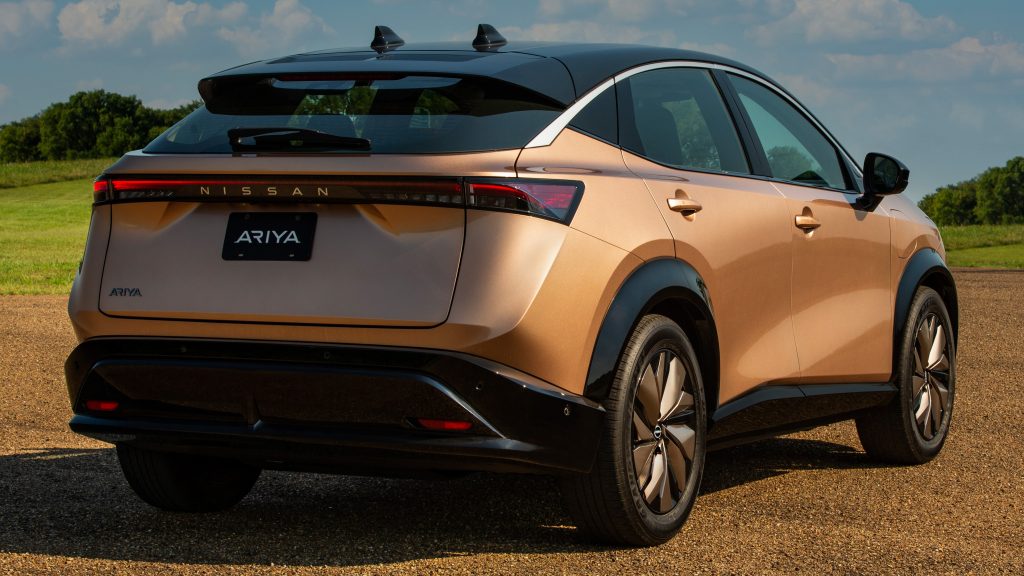
Offering two cars with a similar image is counterproductive. They end up dividing one market share while the company has to invest in development and marketing twice. Electric cars are expensive to implement, so they need high sales volumes to become viable. Internal competition surely does not help with that.
On the other hand, it is not easy to simply abandon dedicated electric cars altogether. They are still useful as a test bed especially in market segments whose audience is more conservative. If that model does not work well, the automaker can simply phase it out and move on, because it never affected its ICE models.
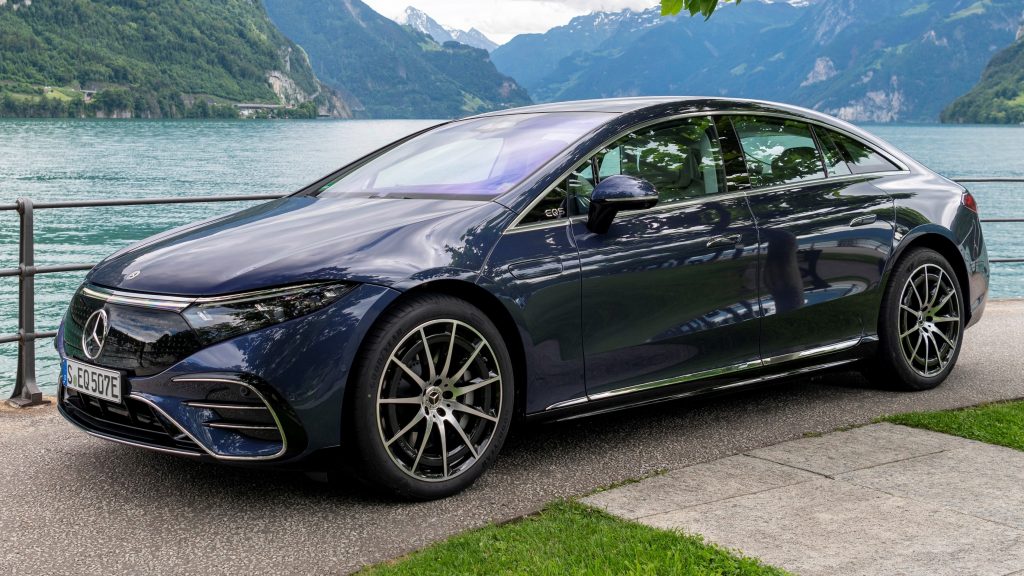

Who is for dedicated electric cars?
Besides opposing itself to an EV dominance, Toyota was a pioneer with the Prius. The car has built such a strong image that it has just received an all-new generation. It also benefits from the fact that the closest ICE counterpart is the Corolla, a low-cost car which has just started its transition to the hybrid powertrain.
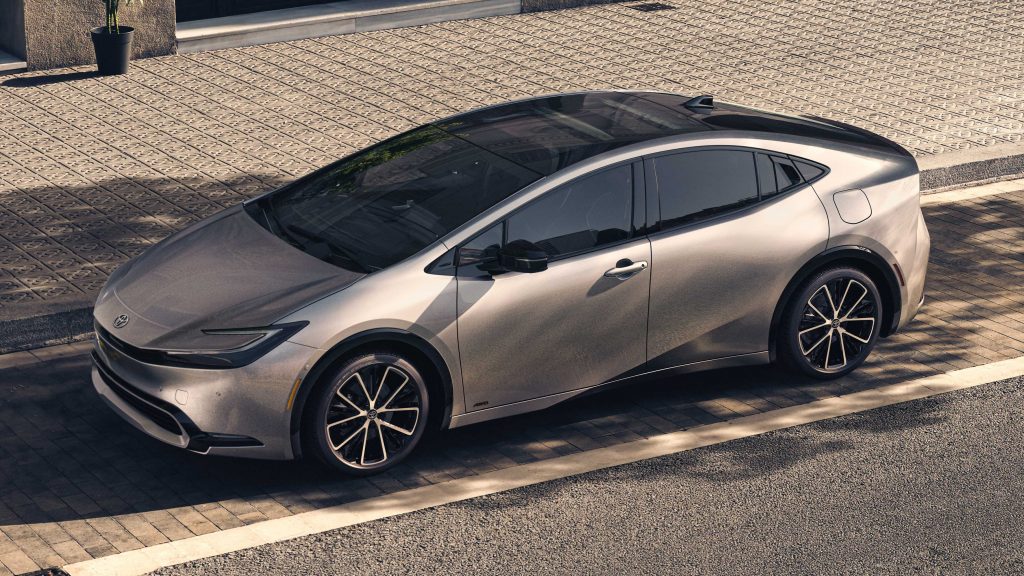
Mercedes-Benz is also fully invested. It has built the whole EQ line around what EVs need, even though it has also implied weird designs. Those cars feature fully electric powertrain while the regular ones only use hybrid technologies. The company aims to attract new buyers without risking losing the existing ones.
One can affirm that Volkswagen has a similar goal with its ID line. However, it is moving at a much slower pace because it is generalist. Profit margins are lower, there are more competitors, and the company must work on its other brands as well, like SEAT and Škoda. The ID.4 is its most successful dedicated EV so far.
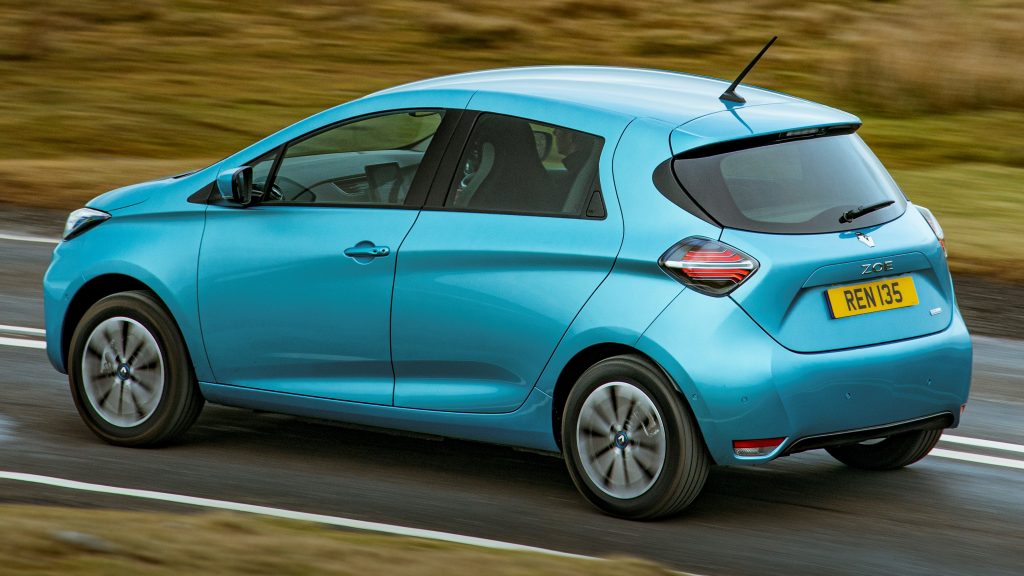
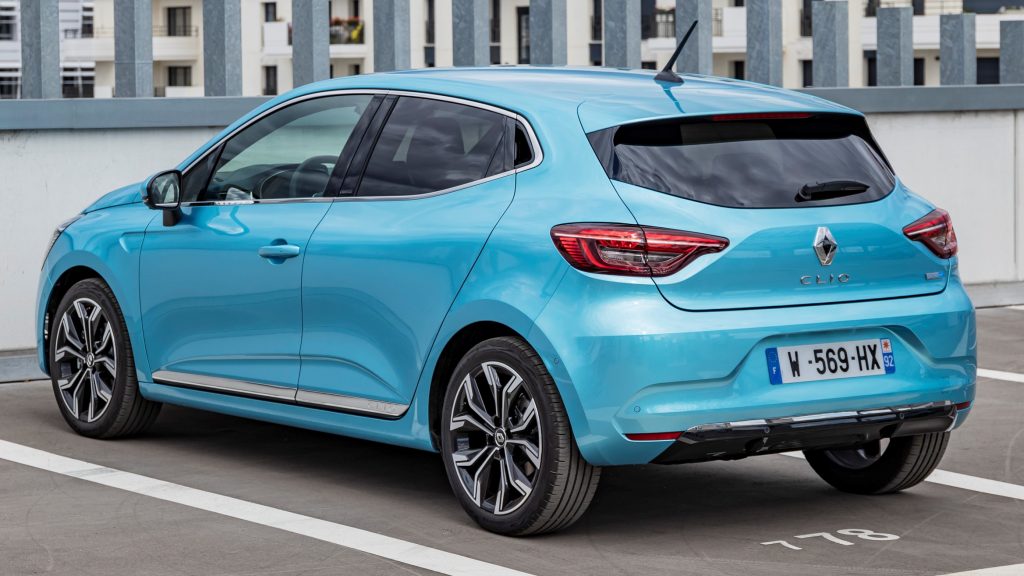
Renault accounts for an interesting situation. In the last decade, it created the Z.E. lineup made of electric versions of cars like the Kangoo and the Fluence. Then, it experimented with dedicated electric cars Twizy and Zoe. Now, it is planning a whole revamp with some retro models. The best we can do is wait and see.
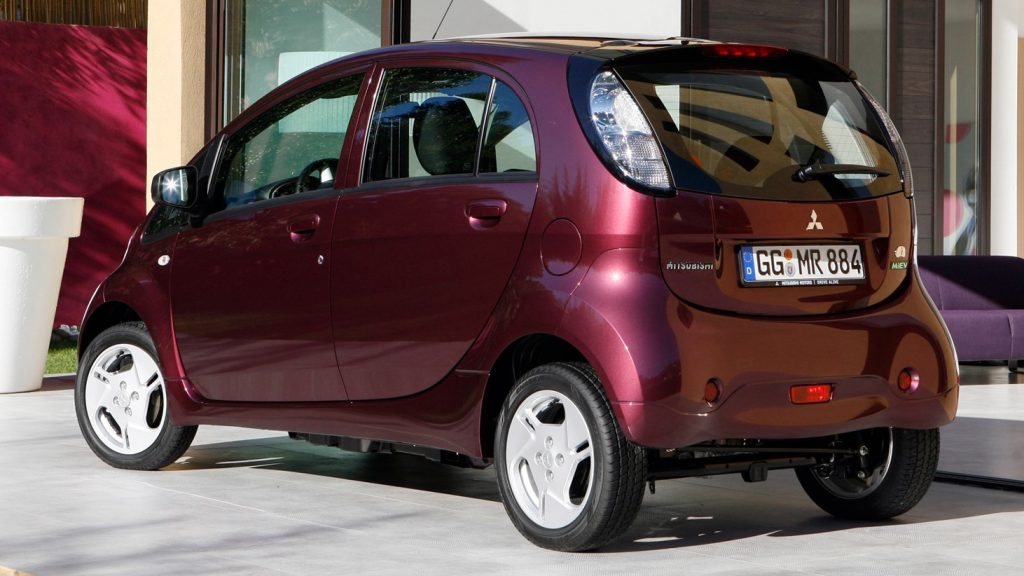
We can observe that these companies are trying to keep the dedicated EV viable. Since electric powertrain is no longer a strong competitive edge on its own, they are trying to shift those cars into test beds for other ventures. It is the case with retro and futuristic design for Renault and Mercedes-Benz, for example.
On the other hand, we can also see that those companies are struggling to build clear images for all those cars. Renault, for example, is trying to follow multiple directions at once in that regard. Mercedes-Benz, in turn, has revealed that it will end the EQ nameplate someday, once it electrifies most of its urban car line.

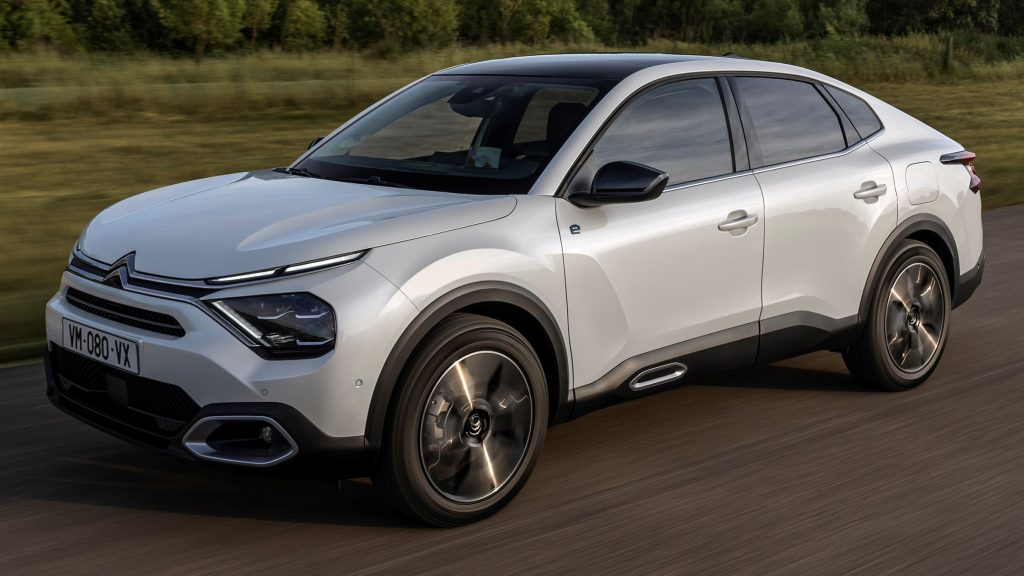
Who is against the dedicated EV?
Ford and GM have been using them as a bridge. Models such as the F-150 Lightning and the Bolt work as test beds, again, to measure people’s interest. Once their reception becomes more consistent and the makers understand how those products behave over time, they will surely be merged into the regular line.
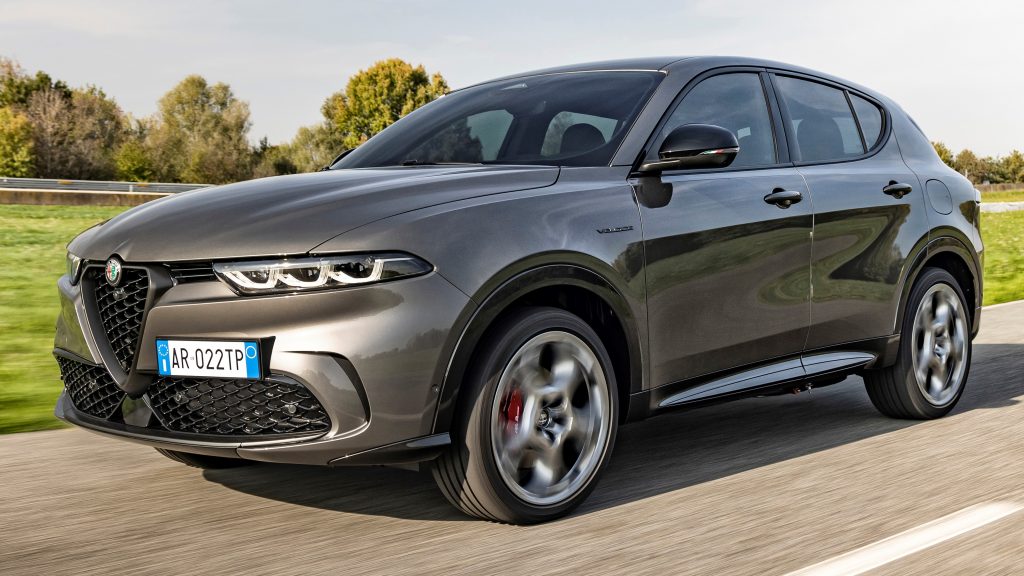
Now, the best example in this group is Stellantis. Citroën C4 X, Fiat Ducato, Opel Corsa, Peugeot 2008 and several others offer the electric powertrain as a regular version just like gasoline and diesel. In most cases, it brings minimal visual distinction from those others, such as the different wheels of the Peugeot 408.
The company took longer than the industry’s average to embrace electrification, but it has executed that unique strategy from the beginning. Over the past few years, it has brought self-charging hybrid, plug-in hybrid, and fully electric options to car models of all its brands just like that. Now, is this the way to go?
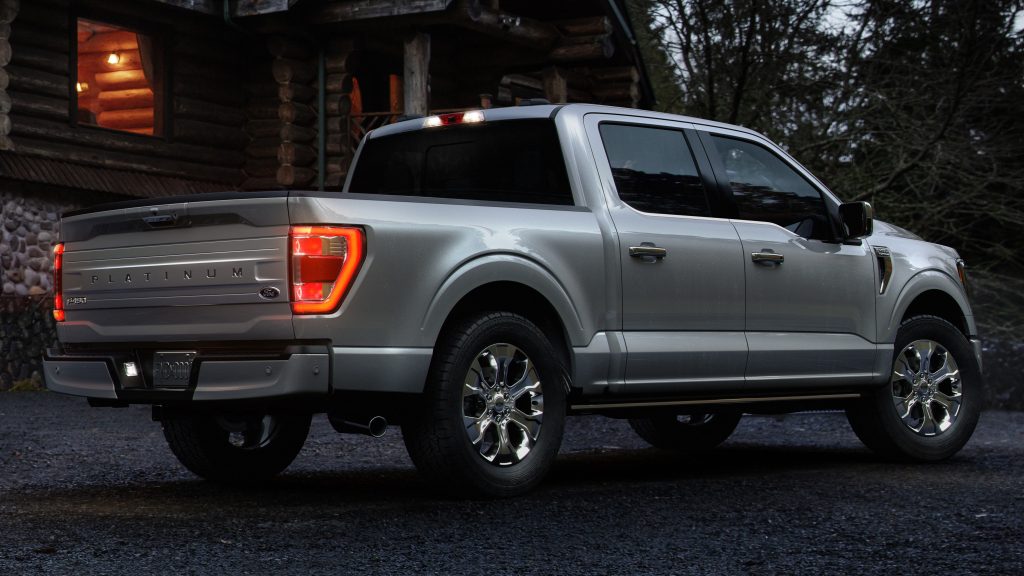
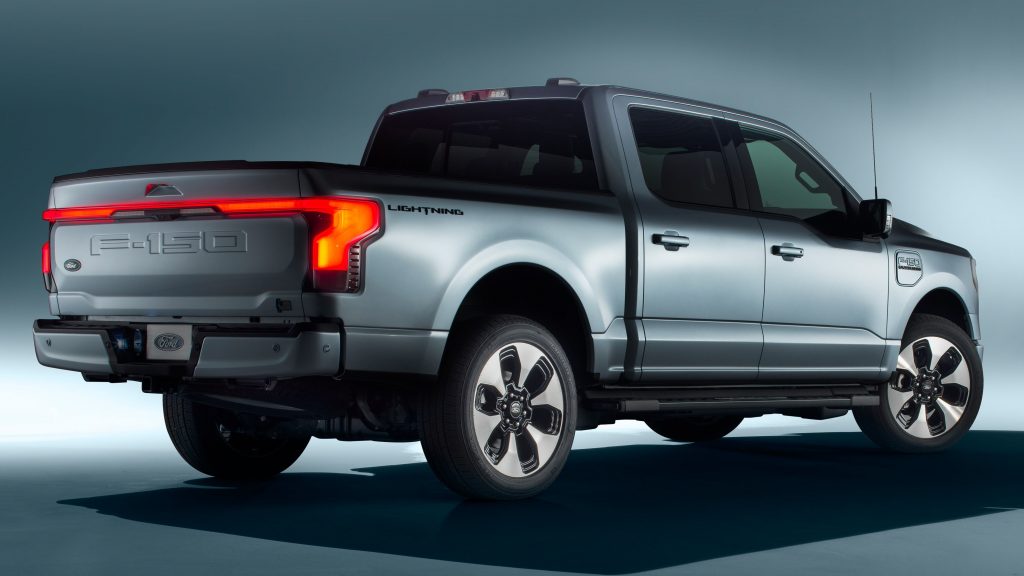
The most visible advantage is maximizing scale economy. While a platform capable of using thermal and electric engines is more complex, it can serve more cars. BMW, just like Stellantis, is executing big plans in that regard. Both want their upcoming platforms to make the transition towards electric motors easier.
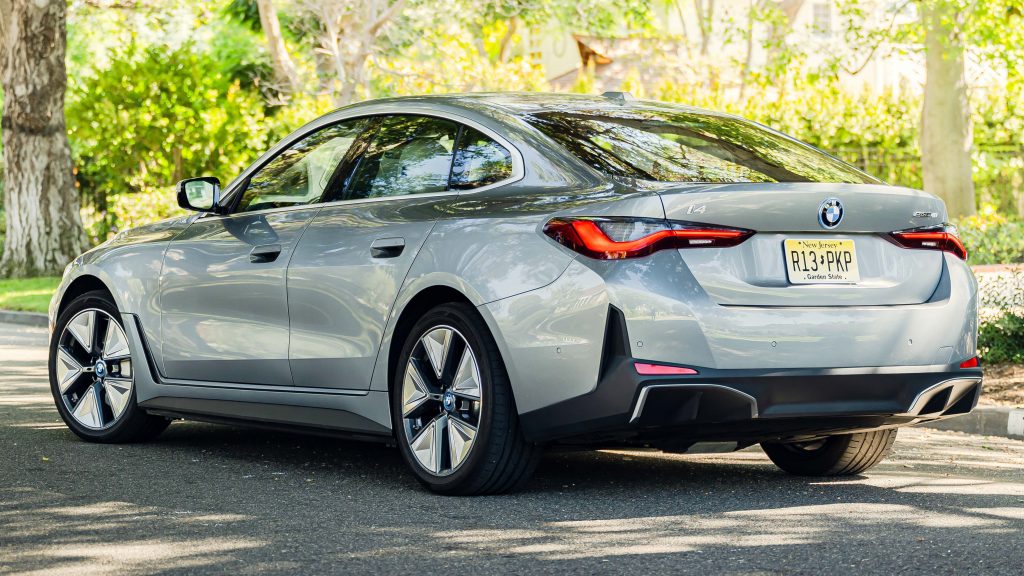
It is also possible to cut marketing costs. The automaker has fewer different products to promote and can even use the electric version to boost the car’s image. Citroën and Peugeot, for example, are offering new cars primarily in electric versions. The ICE options only appear in regions with specific market demands.
Last, but not least, dedicated electric cars tend to drive away conservative buyers. They are a new product, after all, so people do not know anything about its practical use. Besides, the fact that they are essentially an experiment makes them think that they will be discontinued soon. It becomes a self-fulfilling prophecy.
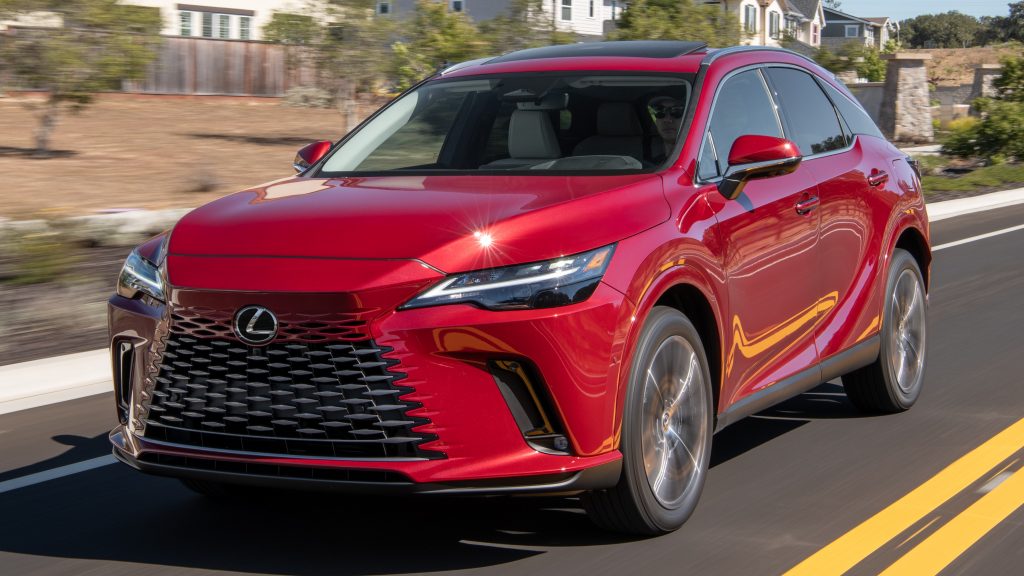
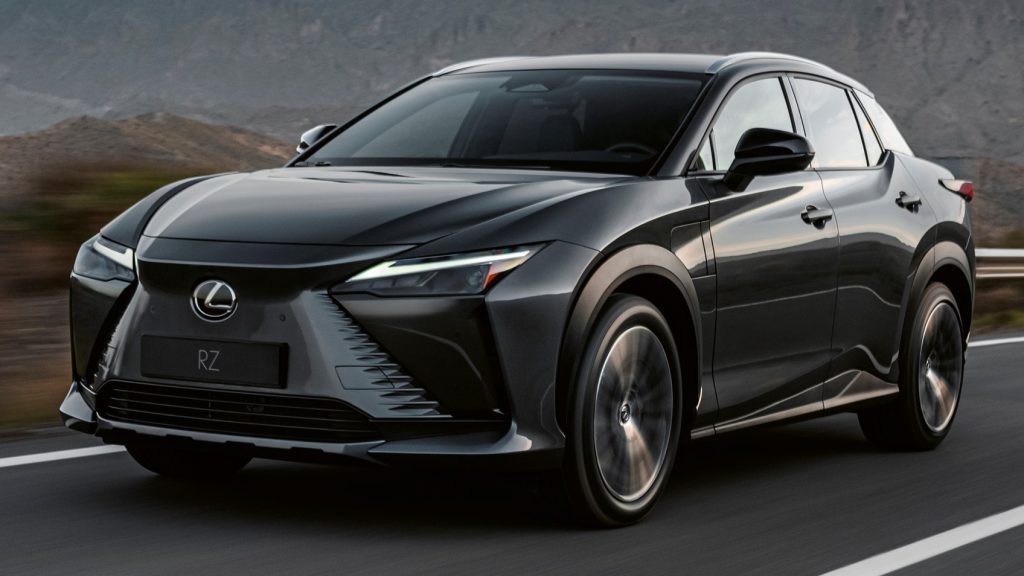
What can we expect?
First of all, the tendency is that electric powertrain will reach more car models and obtain a larger market share year after year. Therefore, automakers that avoid dedicated electric cars today are likely to stay that way. They have already learned how to promote their cars without that tool; there is no need to go back.
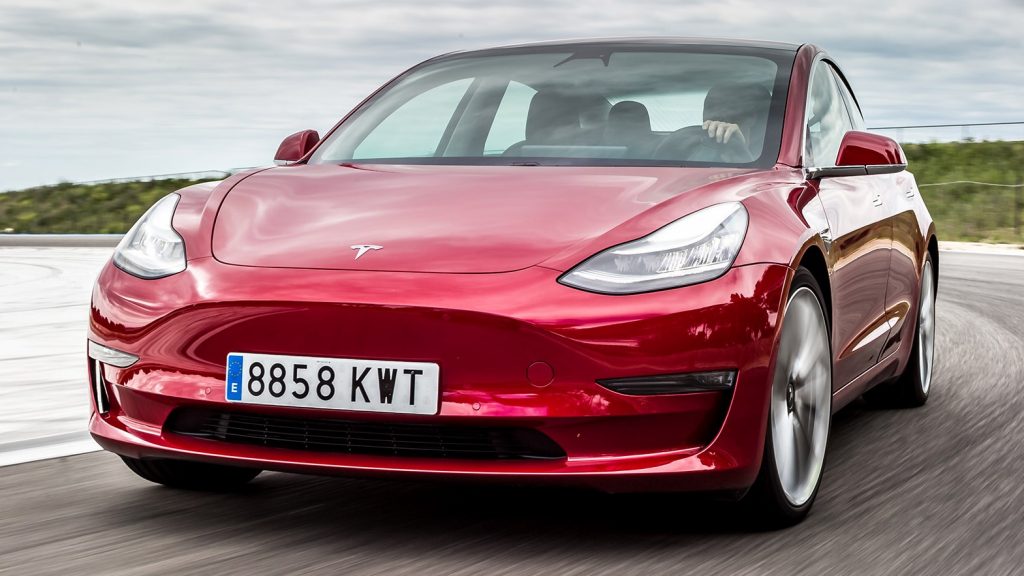
When it comes to the other group, we know that those automakers have made huge investments in their dedicated EV models. Rather than phasing them out, we can expect them to shift their focus. Mercedes-Benz, for example, is using its EQ models to showcase its autonomous driving technology as well.
Tesla is a particular case in this scenario: it is a dedicated EV brand. While it took people by surprise in the 2010s, things have come a long way since then. Besides that, its cars are 6 years old on average now. The automaker should execute a thorough conceptual reinvention if it wants to stay relevant in the market.
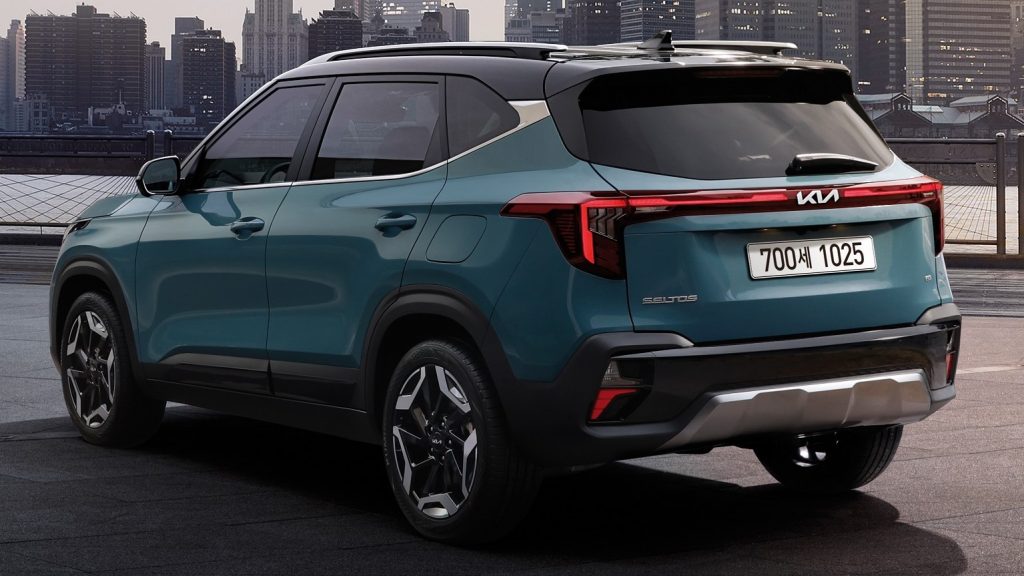
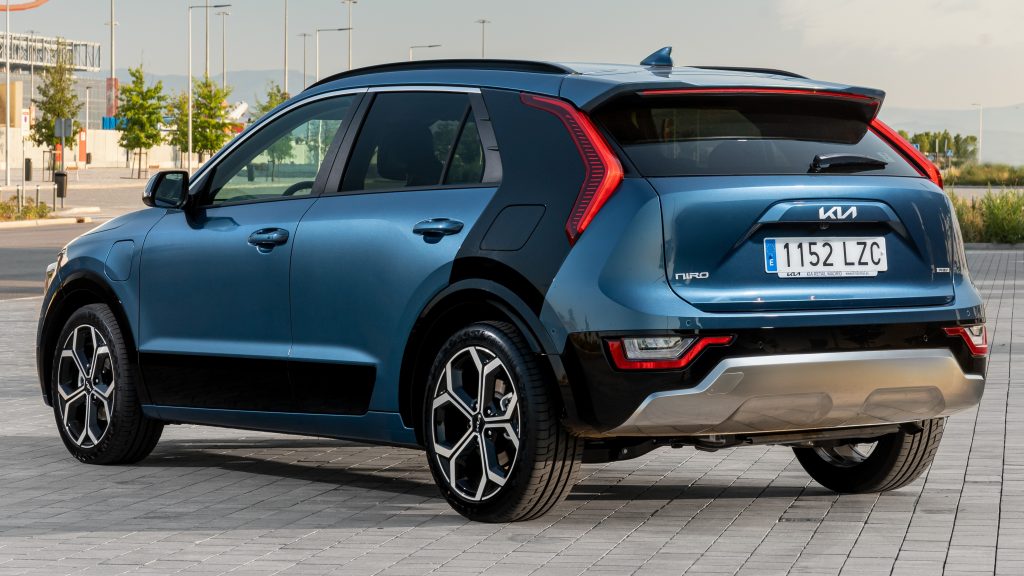
Now that you know all about the dedicated EV, what is your opinion? Do you think that carmakers should find a way to preserve their models in the upcoming times? Or do you believe that it is counterproductive to create a whole new model around a technology which will soon dominate the entire global market?
Danillo Almeida has explored his passion for cars in two distinct ways. The first one is his graduation course in Mechanical Engineering, which will hopefully lead to a job position in the field. The other one is expressing his knowledge and opinions on the matter through writing. Almeida has already contributed to blogs, stores, and websites in general writing automotive content in many formats.



